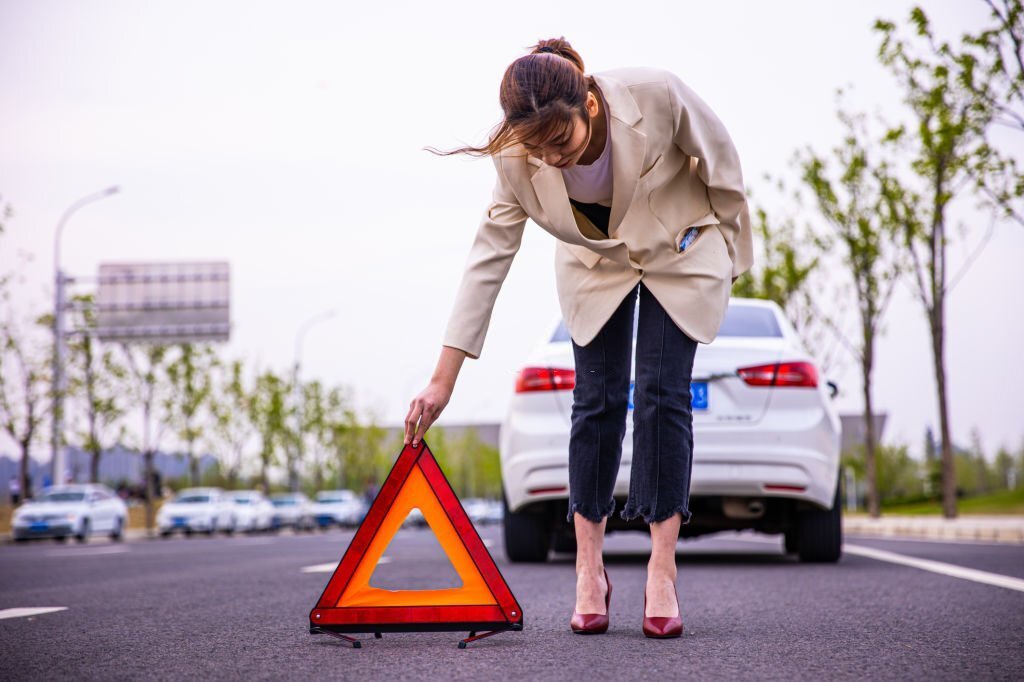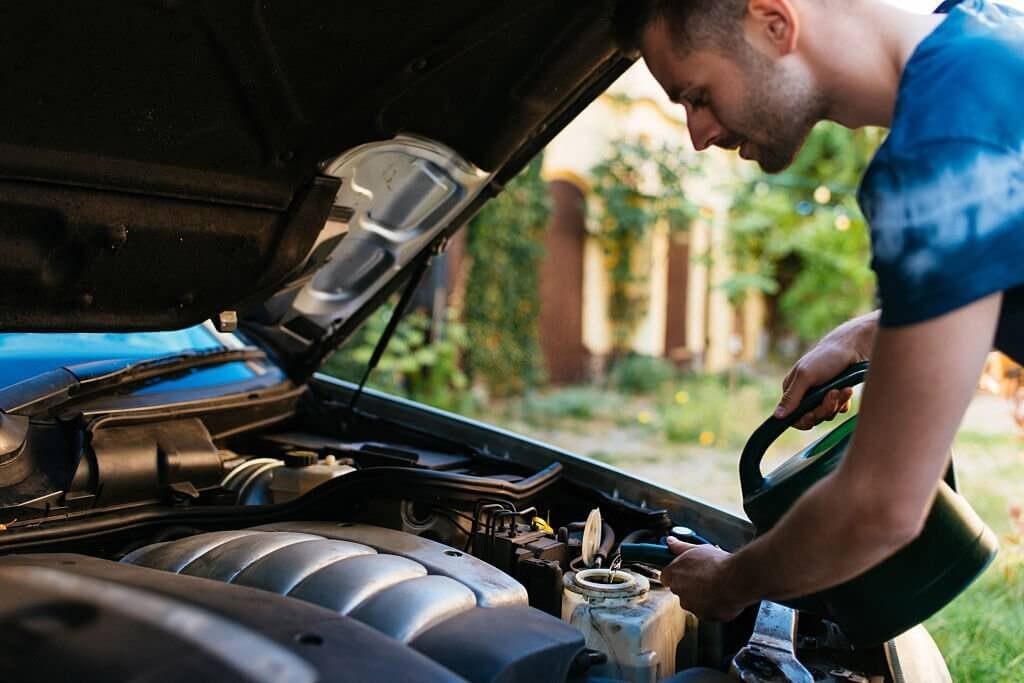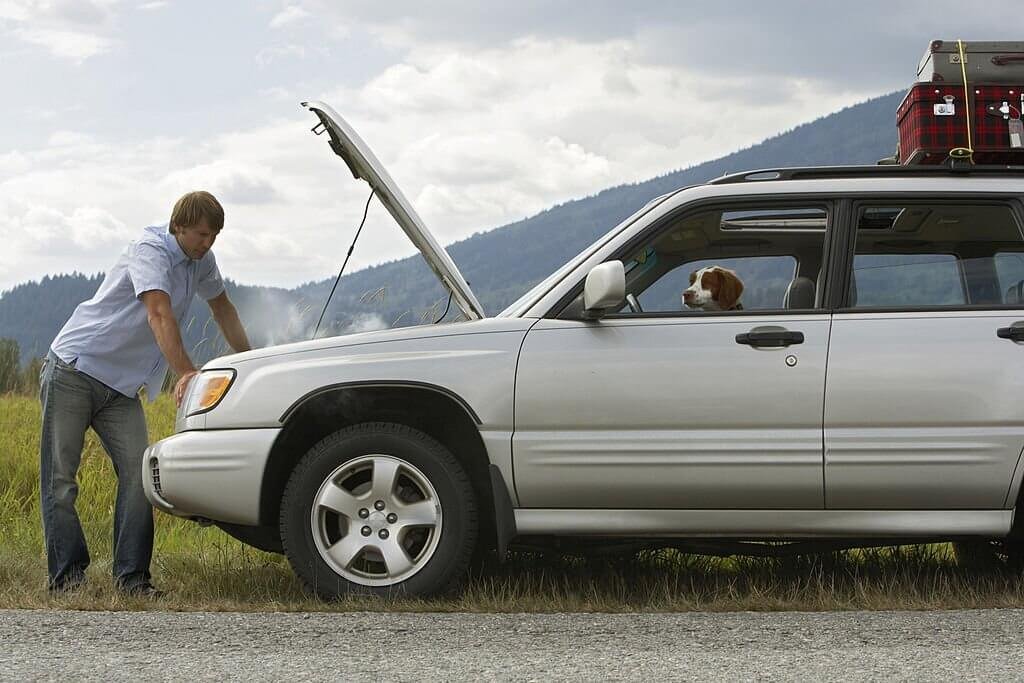Modern cars have a variety of heat sensors and electric fans that are controlled by a computer to keep the engine running no matter how hot it is. But to some extent, It can be very hot and easily burn you. Tow Truck is here to help your car avoid overheating and tell you what to do if it does.
What Should You Do Once the Engine Has Cooled Down?
Do you know that overheating the engine is always the biggest issue for any car because it damages the engine? Thus many engine-related issues due to this rise can be due to the fault in the engine cooling system, radiator fan, or water body fan, which revolves the water around the engine.
Overheating of an engine may be caused by a wide variety of issues, including a leak in the engine’s cooling system, a damaged radiator fan, or a faulty water pump. No matter what caused this problem, you shouldn’t put off fixing it because putting it off could have bad results. But there is no reason to worry. There are several signs that your engine is too hot and things you can do to cool it down.
Overheating Signs:
- The area under the bonnet of your automobile is emitting smoke-colored steam
- Your engine’s temperature gauge has reached “H.”
- A smell coming from the engine, like coolant or oil leaking
- When any of these signs show up, the engine must be fixed to work normally
- Pay attention to these signs because they could make it hard for you to keep driving
What to Do if the Engine of Your Car Gets Too Hot?
- Stop the car and turn off the engine as soon as you can
- If your car’s engine is getting too hot, pull over to the shoulder as soon as it is safe
- If you keep driving with an overheated engine, you may do damage that can’t be fixed
- If you can’t safely pull over and come to a complete stop quickly, you should slow down while keeping your car moving to keep air flowing to the engine

Here are 8 Steps You can use when Your Can Overheats:
1)Add Coolant
- After waiting at least 15 minutes and feeling that the hood is cool, you should wear gloves, open the hood, and find the radiator cap
- When the coolant expands when it gets hot, pressure builds up inside the cap
- Cover the cap with a cloth and loosen it by a quarter turn to release the pressure
- Next, remove the radiator cap and slowly add water and antifreeze until you reach the “full” line
- Once the cap is back on, start the engine
- If the temperature gauge goes back to normal or the red warning light goes out, be careful and keep an eye on the temperature or light
2)Ask for an Inspection
Even if your car seems to be working fine after you’ve added coolant, you shouldn’t ignore the problem. Your car overheats because of something; if you do nothing, the problem will only worsen and cost you more to fix.
3)Don’t Keep On Driving
Keeping on driving is one of the worst things you can do. You can reach your destination before your engine dies, which could cause unnecessary, severe, and expensive damage.
4)Do Not Quickly Open Your Hood
Even if no smoke comes from the engine, you shouldn’t open the hood immediately. If the hood is opened, the steam and smoke that have built up could cause burns or serious damage.
- Wait to open the hood until the engine temperature gauge reaches its highest.
- Do not check the amount of coolant in the engine or add any until the engine has completely cooled down.
- As you drive, the temperature and pressure of the coolant in your car go up, and the engine must be completely cool before the coolant is added.
5)Navigate the Situation
When a car’s engine gets too hot, there is a problem. Even if everything looks fine after you add coolant, you should still have it checked out. Remember it. Check it out with a trained technician. There may be an extra problem that needs to be fixed, and if it isn’t, it could lead to a bigger problem that costs more to fix.
6)Try to Handle the Matter Calmly
Remember that you can handle this situation even if you must get there quickly. If you panic, you might hurt yourself or your car instead of finding a way out.

7)Don’t Delay Engine Maintenance
- If you pulled over and replaced the coolant or had a professional look at the engine, you may have temporarily fixed the problem of an overheated car engine, but the problem still needs to be fixed for good.
- If you don’t do anything about this, you might make things worse in the long run.
- To avoid long-term damage, you should fix your car’s engine as soon as possible, preferably by the next day.
8)Always Try to Drive to Your Nearest Car Service Shop
Adding coolant to your engine will not solve the whole issue but will lead you to the petrol station, and till that time, it will keep your engine secure from overheating timely. But it will enable you to go to the local repair shop safely more frequently than not.
Your vehicle’s cooling system requires inspection by a trained technician. While you’re behind the wheel, keep an eye on the temperature gauge. Furthermore, pay close attention to fluids or steam beneath the vehicle or the engine. Provide all of this information to your expert or auto repair; it will assist immensely with the diagnosis.
What Makes a Car’s Engine Get Too Hot?
Many things could go wrong with a car’s cooling system and cause it to overheat. These things are:
- Not enough or no coolant
- Belts that are worn or broken
- The water pump is broken
- A broken radiator fan
- Low engine oil level
- Faulty thermostat
- Clogged or clogged engine heat exchanger
If you are Not Expert and you want to get out of this Situation, you can call Car Repair and Recovery Expert in your Car. hey will reach to you and quickly fix your Car. In some Cases, Your Car Overheats because your Car’s engine oil not changed, so it is advisable to Change your Car’s engine Oil to avoid any such condition.
Normally, Luxury Cars like Limousine, Sprinter Vans, Stretch Limos not overheated. But it is a good idea to have a safety first. You can also book Nashville airport car service for your comfortable journey to/from airport.
Final Thoughts:
It happens so quickly – you’re driving along, and suddenly, your car overheats. What do you do? If you need more time, don’t panic. No matter what kind of car you drive, you can take some simple steps stated above to avoid overheating and make it home safely.
Read Also: What Not to Do When Your Car Breaks Down





